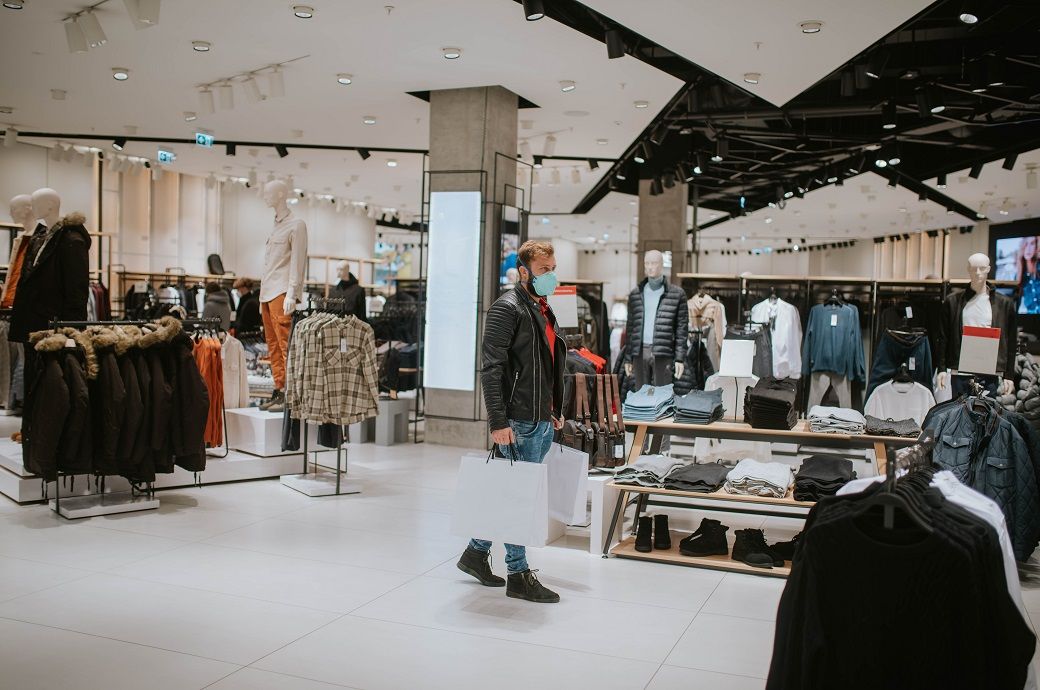
Department stores also had a strong rise (5.4 per cent), while household goods retailing rose 2.1 per cent. Other retailing also recorded a rise, up 1.1 per cent.
Black Friday and other online sales events were one of the main reasons for the increase in turnover of the retail sector, as per ABS.
Total online retailing sales were $4,015 million in November 2022, in seasonally adjusted terms.
Seasonally adjusted online sales rose 13 per cent ($461.6 million), following a fall of 0.5 per cent (-$18.3 million) in October 2022. Original sales in November 2022 grew by 25.6 per cent with the increasing popularity of Black Friday driving the rise. In November 2021 original sales grew at a smaller rate of 5.4 per cent, as online sales in the months preceding November 2021 were already at elevated levels due to the Delta outbreak.
In original terms, the proportion of online non-food retailing sales to total non-food retailing rose from 16.7 per cent to 19.4 per cent.
In original terms, the proportion of online sales to total retailing rose from 10.7 per cent in October 2022 to 12.6 per cent in November 2022. In November 2021, this proportion was 12.5 per cent. November traditionally has strong online sales due to Black Friday.
The country’s retail turnover saw a 0.4-per cent rise in October 2022, which was the smallest rise of the year to date, revised up from a previously published small fall.
Ben Dorber, ABS head of retail statistics, said: “While we typically see a rise in spending around Black Friday sales, the strong seasonally adjusted rise in November 2022 shows that the effect is increasing over time, as the event has become more common across retailers and sales periods become longer.
“Given the increasing popularity of Black Friday sales, the smaller increase in October may reflect consumers waiting to take advantage of discounting in November, particularly in light of cost-of-living pressures.”
Fibre2Fashion News Desk (DP)